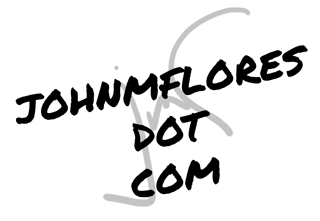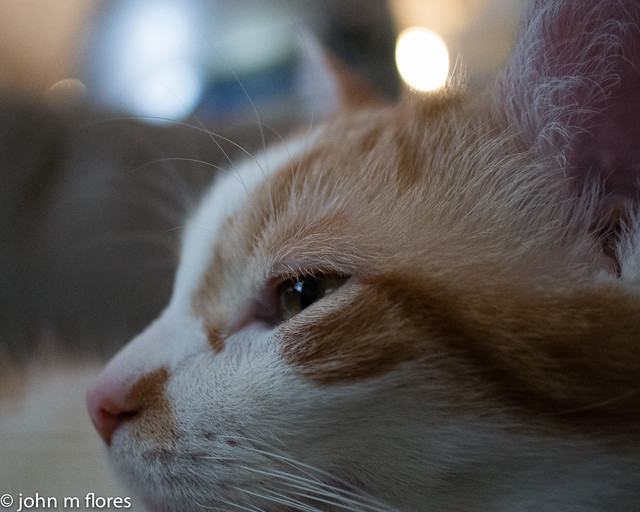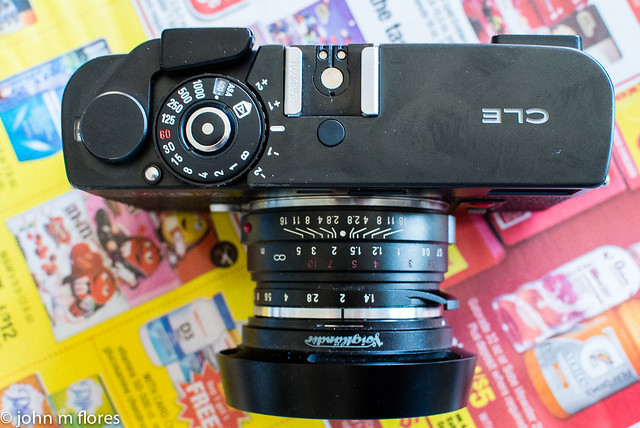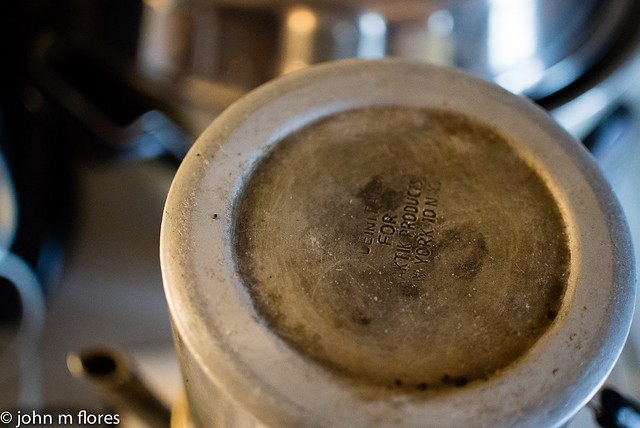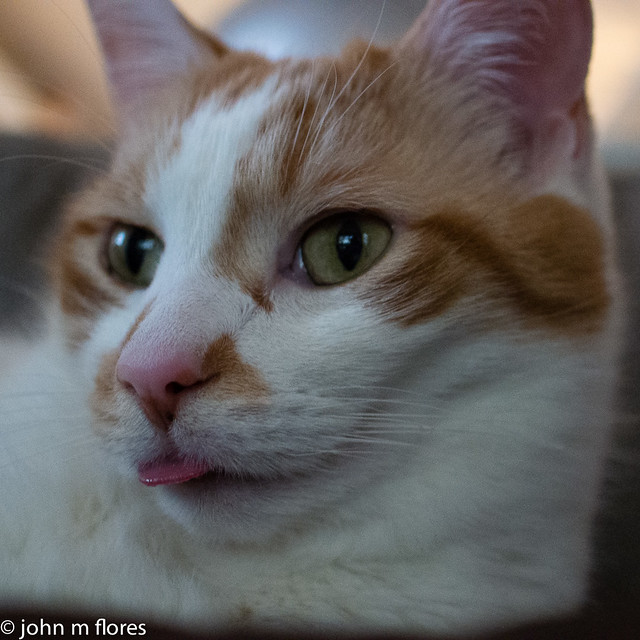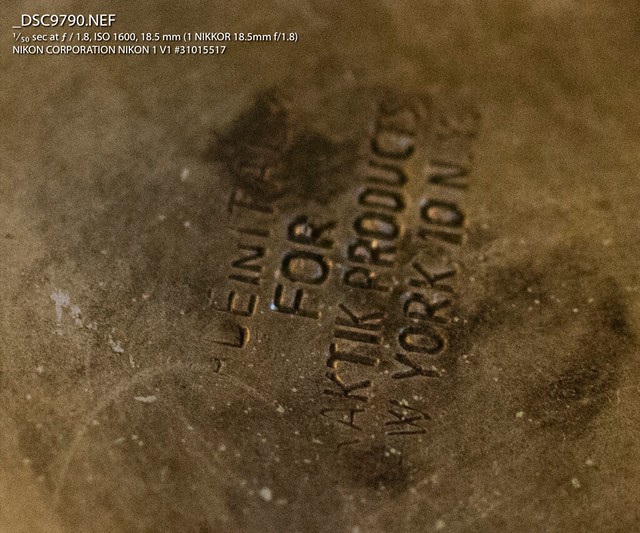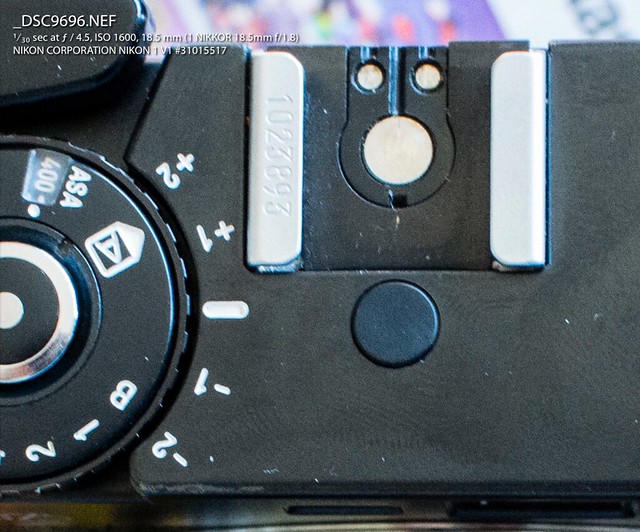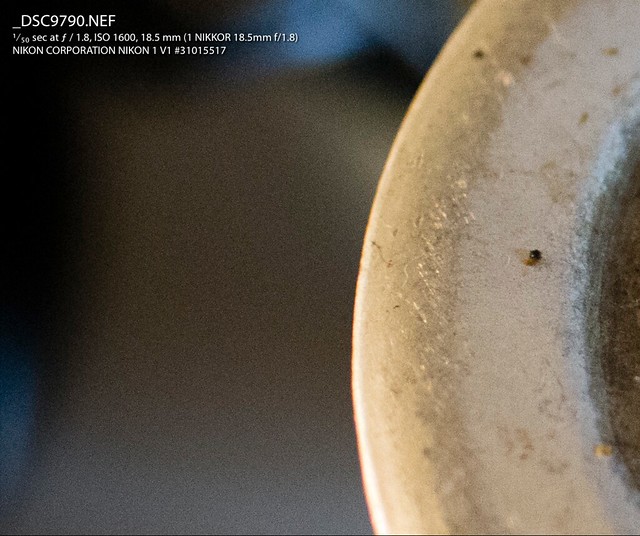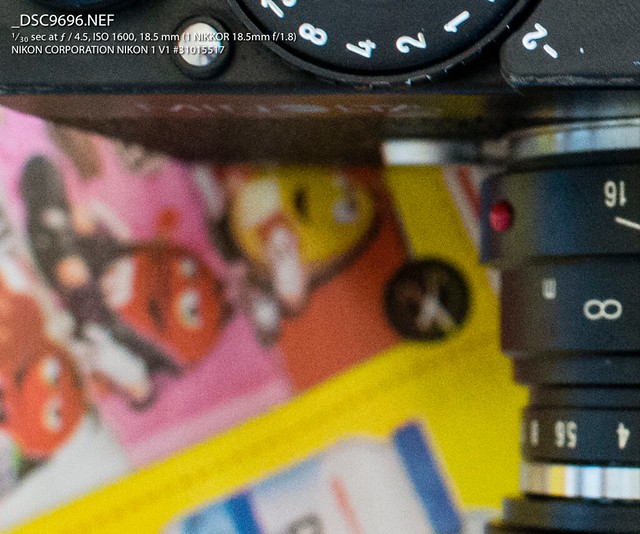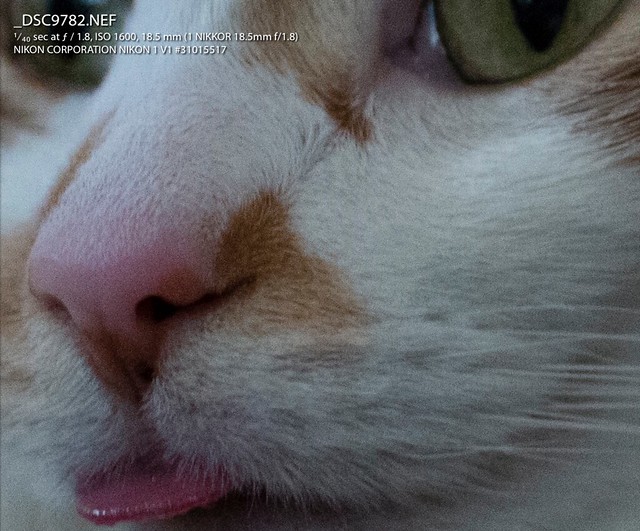Low light/high ISO performance is the new megapickle. Whenever a new camera is announced, one of the first questions is, “How is the high ISO performance?” I’m one of the guilty parties, since I do most of my shooting with available light. And then the sample images come out, followed by the first shots of the early adopters. Finally, the DXOMark of the camera is published and that camera’s reputation is set for life.
One thing that I see from time to time is someone touting the high ISO performance of a camera while showing a well-lit subject shot at an unnecessarily high ISO. Like a daylight or outdoor shot at ISO3200, shutter speed cranked up and aperture stopped down as necessary for a proper exposure. While the shot may look good, it’s deceiving, as there’s a critical difference between “low light performance” and “high ISO performance”. Those terms are not synonyms. For example, here are some shots with the Nikon 1 V1, a camera with a 1″ sensor and what many characterize as poor low light performance:
This first shot (also used in a previous post) actually looks ok. Detail and sharpness are good and color fidelity, as evidenced by the colorful Sunday circular, doesn’t seem bad at all.
This shot doesn’t seem that bad either, and it might make you wonder if all the negative talk about the V1 is undeserved.
But here in the shady living room we start to find the rough edges of the little V1. It’s hard to tell at web sizes, but this shot’s much noisier than the previous two, and the colors are starting to head south (I’ve pumped up the clarity and vibrance a bit in post). In the scheme of things, it’s not bad, and just five years ago (that’s about .7 of a dog year) this would have been heralded as a breakthrough for a smaller sensor, but the game and expectations have changed in that time.
But wait, these are all shot at ISO1600, what gives? I’m not a rocket scientist or a sensor scientist (nor do I play one on television) but the big difference here is that the subject is fairly well lit in the first two photos and poorly lit in the third. The first two are also fairly high contrast, so there’s not a lot of mid-tones for any noise to hide. In the bright areas, the signal (light) is strong, masking whatever noise is inherent in the sensor @ ISO1600. And the dark areas are pushing towards black quickly. Here are some 100% crops of the first two:
It’s hard to see objectionable noise on the top of the Neapolitan coffee maker or Minolta. Buut just to the left, in the shadows of the white stove you can start to see the noise. You can also see noise in the shadow of the Minolta:
The noise in these shots isn’t that objectionable because it isn’t strongly affecting the subject itself. Thus the overall impression of the shot is pretty positive.
In the last shot of Alex the cat, the noise is much more evident (maybe not on your screen but at 100%). A good part of Alex after all is like the white stove in shadow, and the subtle changes in the brightness of his fur are getting smudged by noise. Colors are suffering as well.
Because the subject in the third shot is noisy, the overall impression of the image is of noise. It’s also a little known fact that cats that stick their tongue out are know to suffer from high ISO artifacts. Ok, I made that up. This idea that ISO1600 is not ISO1600 is not ISO1600 is universal of course, not just applicable to the Nikon V1. That’s just the camera that I’ve been shooting with lately.
A quick note about the V1–before the Nikkor 18mm f/1.8, the V1 was all but unusable indoors, but the new prime gives the camera a fighting chance. And while the AF slows down in low light, it’s still ok, appreciably faster than the Pentax Q for example. After an exercise like this, I’m more comfortable pushing the V1 to ISO1600 outdoors in situations where I may need a fast shutter or small aperture (sports for example), but I don’t think that I’ll use ISO1600 indoor for anything but family snapshots and stuff. I’m really itching for a small strobe now like the SB-N7…
Thanks for getting to the end!
